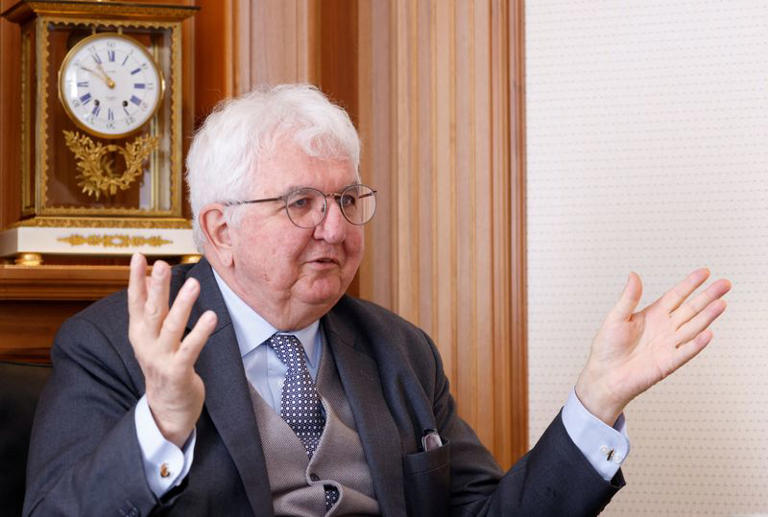Austrian policymaker Robert Holzmann’s remarks regarding potential interest rate cuts by the European Central Bank (ECB) in June signal a significant shift in the central bank’s stance amid evolving economic conditions. Holzmann’s insights shed light on the nuanced considerations shaping ECB’s monetary policy decisions and underscore the delicate balancing act policymakers face in navigating the eurozone’s economic landscape.
Holzmann’s cautious endorsement of a June easing reflects a broader consensus within the ECB’s Governing Council, indicating a growing recognition of the need for proactive measures to address subdued economic growth and declining inflationary pressures. By emphasizing the importance of data dependency, Holzmann underscores the ECB’s commitment to making informed decisions based on the latest economic indicators.
However, Holzmann also underscores the importance of coordination with the U.S. Federal Reserve to maximize the effectiveness of monetary stimulus. His warning about the potential market reaction to policy divergence highlights the interconnectedness of global financial markets and the need for synchronized policy actions to mitigate disruptions.
Moreover, Holzmann’s assessment of the eurozone’s competitive challenges underscores the broader economic headwinds facing the region, including higher energy prices and trade restrictions. These factors contribute to a more subdued growth outlook, further complicating the ECB’s efforts to stimulate economic activity.
Holzmann’s remarks also provide insights into the ongoing debate within the ECB regarding the appropriate level of interest rates. His suggestion of a 3% deposit rate as a potential target reflects the complex trade-offs involved in setting monetary policy, balancing the need to support economic growth with concerns about inflationary pressures.
Overall, Holzmann’s comments offer valuable insights into the evolving policy landscape at the ECB and highlight the challenges and considerations driving monetary policy decisions in the eurozone.
